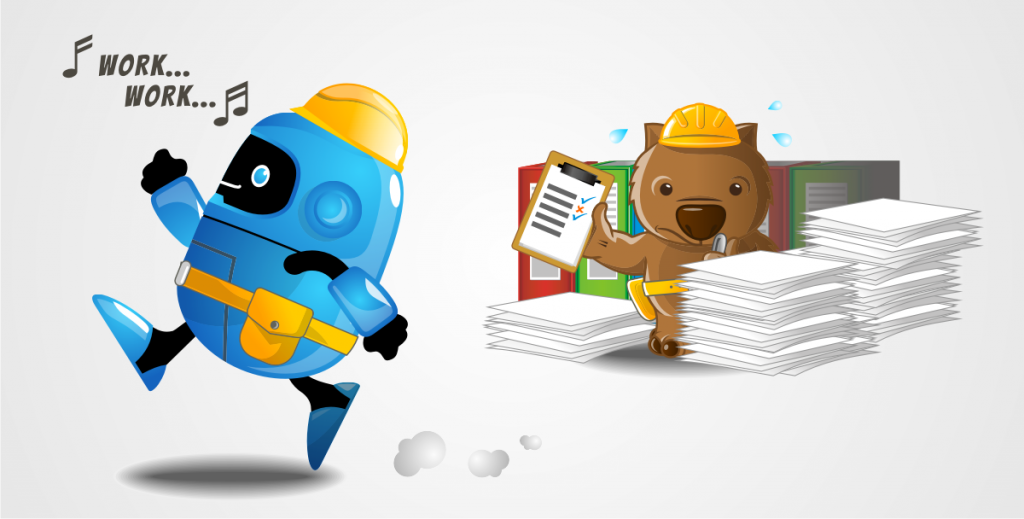Want a free SWMS template? See below.
Writing risk assessments is something people involved in high risk construction work deal with on a daily basis. The paperwork involved can seem monotonous and just plain annoying which begs the question: why are risk assessments important?
A successfully completed risk assessment can be the one thing preventing an accident or injury in the workplace. Safety should be an employer’s first priority, so how do you tell a good risk assessment from a bad one? Well to ensure you safely finish the job, here’s some risk assessment guidance.
1: Keep it simple, stupid
Use short and active words to describe the risks and the control measures. The more words a risk assessment for construction has, the more opportunities a worker has to misread it. That isn’t to say your risk assessments should include as few words as possible but by using an active tone (ie ‘clean work area’ not ‘work area must be cleaned’) you’ll minimise confusion and make reading it a lot easier.

2: Review and record any changes
High risk construction work is continually changing and new, previously unseen risks can emerge throughout the course of a job. If new risks or hazards do become apparent, ensure they are recorded into the existing risk assessment and made available for all workers on site to see. Clear communication between workers will prevent an accident occurring just because someone forgot to read the updated risk assessment forms.
3: Keep an ear out for possible alternatives
Paperwork isn’t the best way to complete risk assessments. Sure it’s been used for years and most workers are pretty content with it, but paperwork is time consuming and a total hassle for managers to store for later use should an audit be requested. Risk assessment software is a growing area of interest in the construction industry and something we here at SafeWorkPro take very seriously. Knowing what new technological developments can improve your productivity and safety will define how your business grows into the future.
For more information of the risk assessment process and other useful tips, checkout the SafeWorkPro Blog.

